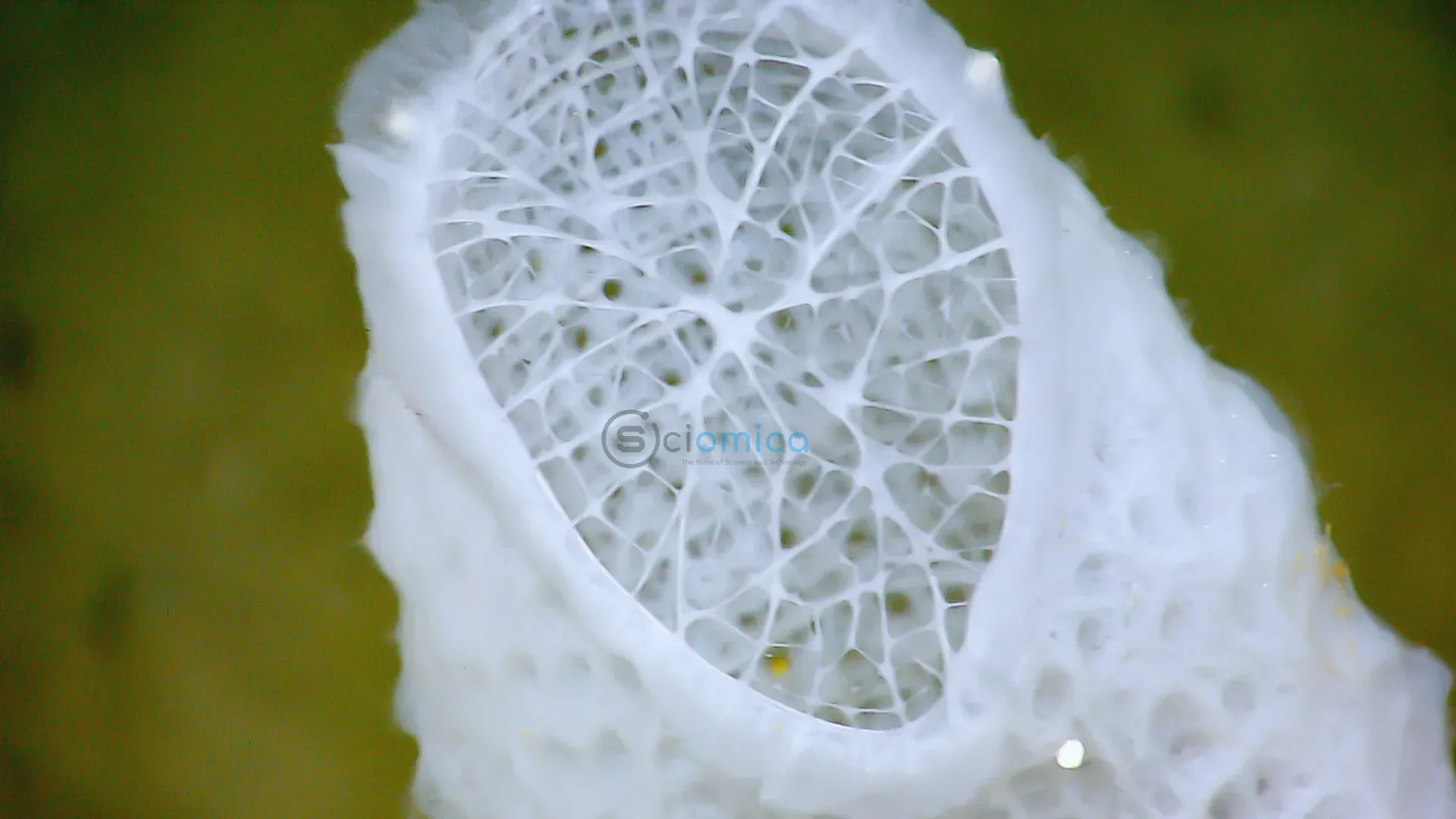
Researchers at the University of Illinois Urbana-Champaign have made significant strides in the field of nanomaterials, uncovering the ability to observe phonon dynamics and wave propagation in self-assembled structures that exhibit unique properties rarely found in nature. This breakthrough paves the way for embedding desired mechanical attributes into reconfigurable, solution-processable metamaterials, which hold promising potential across a variety of applications, from shock absorption to advanced devices that efficiently direct acoustic and optical energy in high-performance computing contexts.
Phonons are essentially packets of energy waves that traverse the building blocks of various materials, such as atoms, particles, or even components constructed through 3D printing. These phonons cause vibrations that contribute to energy transfer, forming a cornerstone of quantum mechanics as it pertains to naturally occurring phenomena. They play vital roles in multiple contexts, influencing heat transfer, sound propagation, and even the seismic waves triggered by earthquakes.
Certain materials—both synthetic and naturally occurring—have been engineered to control the paths along which phonons travel, thereby granting specific mechanical properties. Notable examples include construction materials designed to resist seismic waves during earthquakes, as well as the lightweight and robust skeletons of deep-sea sponges, which possess remarkable resilience against the immense pressures found in their underwater environments.
Qian Chen, a professor of materials science and engineering at the University of Illinois Urbana-Champaign, who is leading this research, remarked, “Utilizing the liquid-phase electron microscopy technique developed in our lab, this study represents the first instance where we’ve successfully observed phonon dynamics in nanoparticle self-assemblies, giving rise to a new genre of mechanical metamaterials.”
The development signifies the advent of an innovative research domain, where nanoscale building elements, alongside their inherent optical, electromagnetic, and chemical properties, can be amalgamated with mechanical metamaterials. According to Chen’s colleague Mao, “This innovation sets the stage for advancements in various fields, including robotics, mechanical engineering, and information technology.”
Moreover, the research underscores the transformative potential of machine learning in exploring complex particle systems. As stated by another team member Pan, “Our findings enable the observation of self-assembly pathways dictated by intricate dynamics. This lays the groundwork for data-driven inverse design methodologies for crafting reconfigurable colloidal metamaterials, leveraging machine learning and artificial intelligence.”
This groundbreaking study is backed by funding from esteemed institutions such as the Office of Naval Research, the National Science Foundation, the Defense Established Program to Stimulate Competitive Research, and the Army Research Office.
In addition to his role in this study, Chen also has affiliations with several prominent research entities at the University of Illinois, including the Materials Research Laboratory, the Department of Chemistry, the Department of Chemical and Biomolecular Engineering, the Carl R. Woese Institute for Genomic Biology, and the Beckman Institute for Advanced Science and Technology. The collaboration among diverse disciplines highlights the interdisciplinary nature of this research and its significance for future technological advancements.
Reference:
- Chang Qian, Ethan Stanifer, Zhan Ma, Lehan Yao, Binbin Luo, Chang Liu, Jiahui Li, Puquan Pan, Wenxiao Pan, Xiaoming Mao, Qian Chen. Nanoscale phonon dynamics in self-assembled nanoparticle lattices. Nature Materials, 2025; DOI: 10.1038/s41563-025-02253-3






